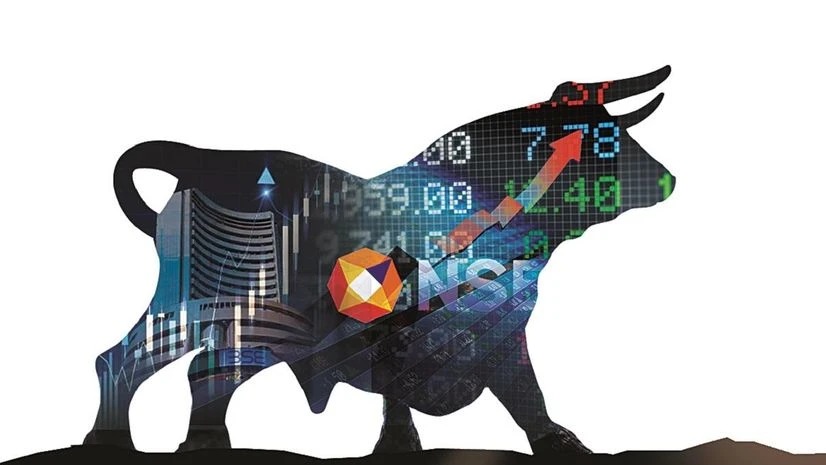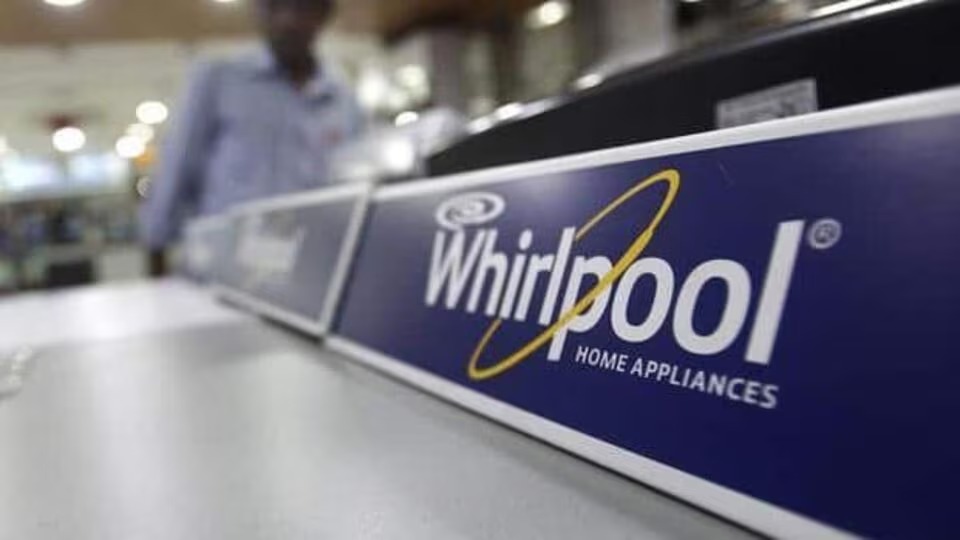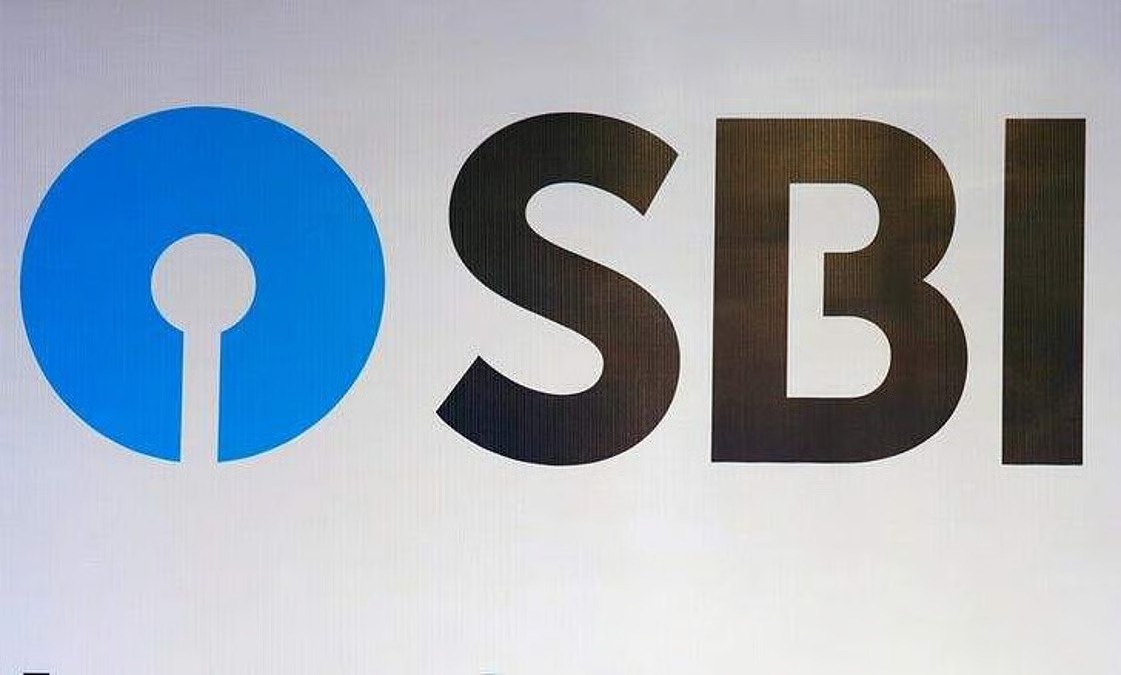India’s economy is expected to have grown 7.3 percent in the July–September quarter of FY26, supported by a favourable base, stronger kharif output, improving rural demand, and easing inflation, according to a Moneycontrol survey of 11 economists. This estimate is slightly higher than the RBI’s 7 percent projection for the same period. For the full fiscal year, economists expect 6.9 percent GDP growth, with predictions ranging from 6.3 to 7.3 percent, indicating a likely moderation in the latter half of FY26. The median inflation estimate for the year stands at 2.1 percent.
Economists attributed the robust Q2 performance to low base effects, healthier monsoon patterns, a rural revival, and festive-season stockpiling. DBS Bank’s Radhika Rao predicts 7.5 percent growth for Q2, citing strong government spending, rural consumption and export frontloading, though private investment and sectoral weaknesses—such as in IT—pose challenges. She noted GST cuts implemented on September 22 will have a larger impact in Q3. Barclays’ Aastha Gudwani agreed that monsoon gains and improved kharif sowing supported growth but cautioned that consumption momentum may soften in 2025 as the effect of GST cuts fades.
With inflation hitting historic lows in October, economists have trimmed their CPI projections. Most now foresee a December rate cut, with the majority expecting a 25-basis-point reduction to 5.25 percent. ICRA’s Aditi Nayar believes subdued CPI, aided by the GST overhaul and limited food-price pressures, will support further monetary easing.
Domestic indicators remain mixed: IDFC First Bank’s Gaura Sengupta reported widespread rural improvement—reflected in stronger two-wheeler and tractor sales and rising wages—but flagged weakening urban demand and softening tax revenues. CareEdge’s Rajani Sinha highlighted solid manufacturing and construction activity driven by high government capex and firm exports in H1 but expects growth to cool in H2 due to higher U.S. tariffs and fiscal tightening. Ind-Ra’s Paras Jasrai warned that slowing nominal GDP could complicate fiscal management.
Looking ahead, QuantEco’s Yuvika Oberoi expects GST cuts and continued government capex to bolster Q3 growth, while ICICI Securities’ Abhishek Upadhyay cautioned that urban discretionary spending may struggle amid rising household debt, weak wage growth, and low savings. Economists added that a successful tariff deal with the U.S. could boost exports and help FY26 growth approach 7 percent.




